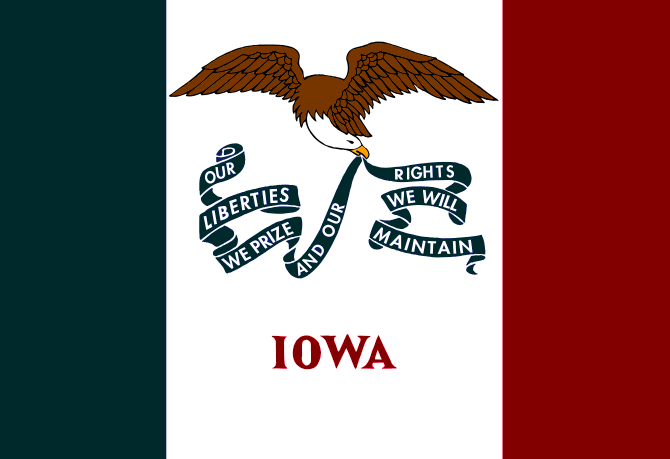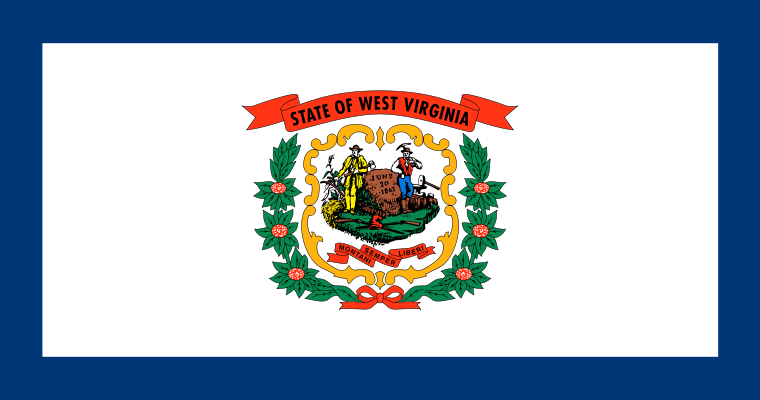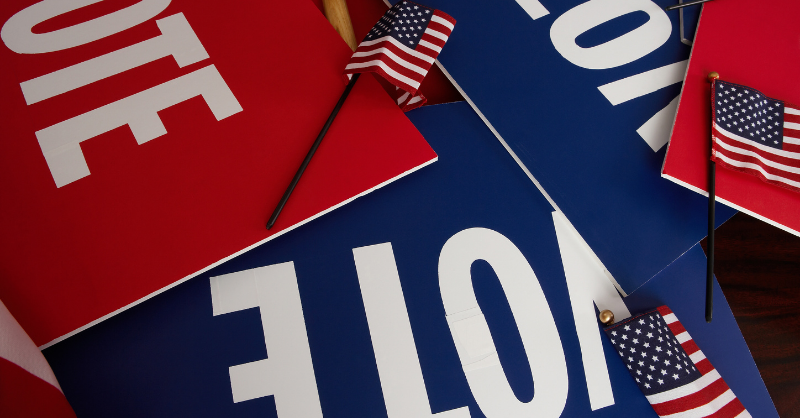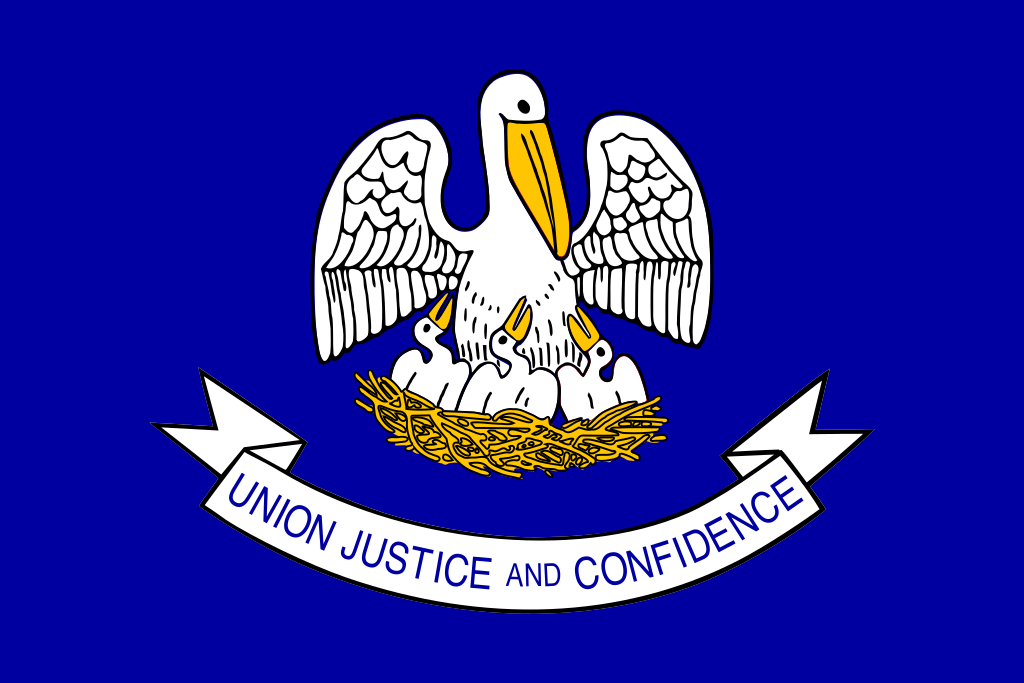Author: Joel Williams
-
Fewer Iowa legislators retiring this year than 2022

There are 125 state legislative seats up for election this year in Iowa. Sixteen incumbents (three in the Senate and 13 in the House) did not file to run for re-election. From 2010 to 2022, the average number of retirements per cycle was 22. In 2022, 40 incumbents (11 in the Senate and 29 in…
-
Fewest number of Georgia state legislators retiring this year since 2014

There are 236 state legislative seats up for election this year in Georgia. Across those, 17 incumbents (10 Democrats and seven Republicans) did not file to run for re-election. That’s the fewest number of retirements since 2014. From 2010 to 2022, the average number of retirements per cycle was 28. In 2022, 48 incumbents (23…
-
Fewer candidates and contested state legislative primaries in West Virginia this year compared to average

There are 49 contested state legislative primaries in West Virginia in 2024, the fewest since 2014. On average, there were 58 contested primaries each election year from 2014-2022. One contributing factor was the limited number of Democratic primaries (four) this cycle. From 2014-2022, there was an average of 22.2 contested Democratic primaries in each cycle.…
-
McDowell wins NC-6 Republican primary after Walker declines runoff

Addison McDowell defeated five other candidates in the Republican primary for North Carolina’s 6th Congressional District on March 5, 2024. McDowell finished with 26.1% of the vote, below the 30% vote threshold that could have prompted a runoff. Mark Walker, who finished second with 24.1% of the vote, said he would join Donald Trump’s (R)…
-
Seventy-three races this year have candidates that share the same last names

Among the elections Ballotpedia is covering in 2023, 73 are between 148 candidates who share last names with one or more of their opponents. Pennsylvania had the most such races (27), followed by Wisconsin (19). North Carolina and Wisconsin each had races where three candidates share the same last name. This data includes the elections…
-
Five state financial officers are on the ballot in November 2023

In November 2023, voters will elect five of the 105 state financial officerships (SFOs) nationwide (4.8%). Two auditor positions (Kentucky and Mississippi) and three treasurer positions (Kentucky, Louisiana, and Mississippi) are on the ballot. Republicans currently hold all five positions. Different states have different names for these elected officials, but they all fall into three…
-
Jeff Landry wins Louisiana gubernatorial election; state becoming Republican trifecta

Jeff Landry (R) won election as governor of Louisiana on Oct. 14, 2023. He won outright with 51.6% of the vote. Shawn Wilson (D) finished second with 25.9%. Gov. John Bel Edwards (D)—first elected in 2015 and re-elected in 2019—was term-limited. As a result of the party change, Louisiana will become a Republican trifecta. Louisiana…

